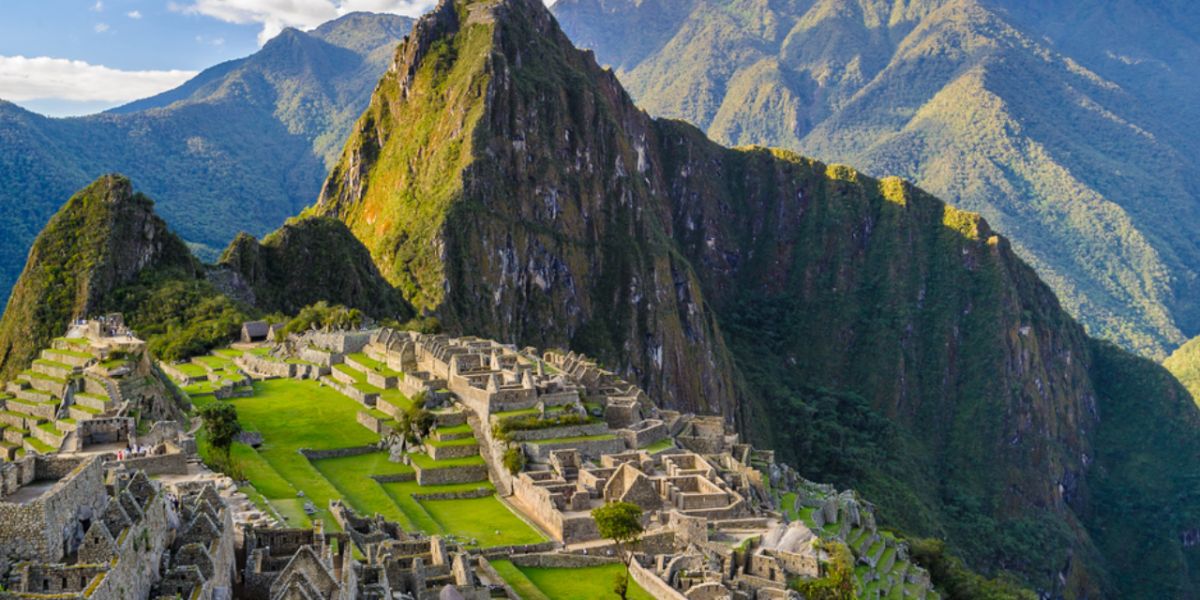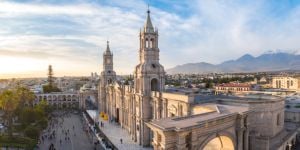
Relocating to Peru is a big move for many expats, and undoubtedly requires advance planning. One of the big concerns will be finding accommodation, once you know where in Peru you're planning to relocate to. In most cities and major towns, the local rental market is quite developed, providing many housing options for foreigners, from small studio apartments, to large family homes, with both furnished and unfurnished options available. Here are some useful tips to help with finding accommodation in Peru.
Choosing your home
Before starting your search, it is best to make a list of criteria regarding your new home, this will help narrow the search, or give your real estate agent a clear idea of what you're looking for.
Bear in mind, that the Peruvian lifestyle is likely to be different from what you are used to in North American and European countries. Therefore, you should be prepared, like most expatriates in Peru, to settle for an apartment, especially in Lima and Arequipa. In some regions, however, you can find big residential complexes, as well as houses, especially on the outskirts of the city and in more rural areas. These might be ideal for expat families who are looking for some intimacy and outdoor space, away from the bustling urban areas.
Keep in mind what you want to be close to your place of work, schools, parks, public transport, cafes, supermarkets, etc. It's a good idea to test out these journeys during rush hour as some short trips can triple in length during peak hours.
Will you be shipping your own furniture over? There's a mix of furnished and unfurnished properties available, and some come without the necessities such as a stove, fridge, or a washing machine.
Rent prices and charges
In general, rent prices exclude utilities such as water and electricity. In most apartment blocks, there's an additional monthly service charge, called 'mantamiento' which covers communal costs like security, elevator maintenance, etc. This is usually paid by the tenant in addition to the rent and sometimes includes water bills.
Rent prices will vary greatly depending on the city, neighbourhood, and age and style of the property. For instance, you will need an average of 1,120 new Peruvian soles per month for a studio in a city centre, compared to on average 940 new Peruvian soles per month for the same type of accommodation in the outskirts. To rent a three-bedroom house, you will need an average of 2,300 new Peruvian soles per month in the city centre and around 1,900 new Peruvian soles per month in the outskirts.
Regarding monthly bills, these can amount to around 150 new Peruvian soles per month for electricity, hot water, and other charges. This can quickly increase with internet and cable TV packages.
Lease conditions
You are allowed to negotiate the rent price with the owner before signing the lease contract. You can even plan an adjustment of the rent price as per an agreement with the owner.
Peruvian lease contracts are rather in favour of lessees. There are two types of lease contracts in Peru: the fixed-term contract and the indefinite-term contract. The fixed-term contract involves a maximum of 10 years duration, except in the case of state-owned accommodation or a handicapped owner. In this case, the lease duration is limited to 6 years.
The indefinite-term contract, for its part, can be broken by either party provided an advance notice has been given, at least a month prior to the departure date.
Read the contract carefully as it may be quite different to what you are used to in your own country, and ensure that you are clear on the responsibilities of the landlord and tenant. Other than the mantimiento mentioned above which is usually paid for by the tenant, the landlord usually pays the municipality taxes, which cover public services such as garbage disposal.
Find accommodation
Finding accommodation in Peru is not so difficult, and the rental market is not as competitive and fast-paced as some other cities. Ads are posted in Spanish in local newspapers and magazines. You can also browse offers on the internet thanks to several specialized websites.
The quickest and most efficient way of finding accommodation is to enlist the help of a local real estate agency. There are many international real estate companies operating in Peru with English-speaking agents, and many local companies as well.
You can also walk around the neighbourhood you're interested in and look out for the many 'se alquila' (for rent) signs and ring the landlord or agent directly. Good luck!
Useful links:
We do our best to provide accurate and up to date information. However, if you have noticed any inaccuracies in this article, please let us know in the comments section below.








